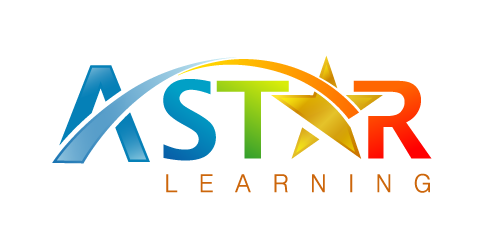Navigating the complexities of learning disabilities can be challenging for both students and educators. However, with the right strategies and support systems in place, students with learning disabilities can thrive academically and personally. In this article, we will explore effective strategies for learning disabilities, offering insights into how educators and parents can provide robust support for students with learning disabilities.
Understanding Learning Disabilities
Before diving into strategies, it’s crucial to understand what learning disabilities are. Learning disabilities are neurological disorders that affect the brain's ability to receive, process, store, and respond to information. They can manifest in various ways, impacting skills such as reading, writing, math, and organization.
Common types of learning disabilities include:
Dyslexia: Difficulty with reading and language processing.
Dyscalculia: Difficulty with math and number-related concepts.
Dysgraphia: Difficulty with writing and fine motor skills.
ADHD: Difficulty with attention, hyperactivity, and impulsiveness.
Understanding these disabilities helps in tailoring specific strategies that cater to individual needs.
Effective Learning Disability Strategies
1. Individualized Education Plans (IEPs)
An Individualized Education Plan (IEP) is a customized educational plan designed to meet the unique needs of a student with a learning disability. It involves setting realistic goals, outlining specific strategies, and providing accommodations. Regular reviews and adjustments ensure that the plan remains effective as the student progresses.
2. Multi-Sensory Instruction
Multi-sensory instruction involves using multiple senses to help students learn. For example, combining visual, auditory, and kinesthetic learning techniques can enhance understanding and retention. This approach is particularly effective for students with dyslexia and other reading-related disabilities.
3. Assistive Technology
Technology can be a powerful tool in supporting students with learning disabilities. Tools such as speech-to-text software, audiobooks, and educational apps can provide alternative ways to access and process information. These tools help level the playing field and allow students to demonstrate their knowledge without being hindered by their disabilities.
4. Structured Learning Environment
Creating a structured and predictable learning environment can significantly benefit students with learning disabilities. Clear routines, organized materials, and a clutter-free workspace help minimize distractions and reduce anxiety. Consistency and structure provide a sense of security, allowing students to focus better on their tasks.
5. Positive Reinforcement
Positive reinforcement involves recognizing and rewarding desired behaviors. This strategy encourages students to stay motivated and engaged. Praising efforts, providing immediate feedback, and celebrating achievements, no matter how small, can boost confidence and foster a positive learning experience.
6. Collaboration with Specialists
Collaboration with specialists such as special education teachers, speech therapists, and occupational therapists is essential. These professionals can offer additional support and implement specialized strategies that address specific needs. Regular communication between educators, specialists, and parents ensures a cohesive approach to the student’s education.
Support for Students with Learning Disabilities
Parental Involvement
Parents play a crucial role in supporting their children with learning disabilities. Staying informed about their child’s progress, participating in IEP meetings, and advocating for necessary accommodations are vital. Creating a supportive home environment with designated study times and spaces also contributes to the child's success.
Peer Support
Encouraging peer support can foster a sense of inclusion and belonging. Group activities, peer tutoring, and collaborative projects help students with learning disabilities develop social skills and learn from their classmates. Peer support can also reduce feelings of isolation and boost self-esteem.
Continuous Professional Development for Educators
Educators should engage in continuous professional development to stay updated on the latest research and effective strategies for learning disabilities. Workshops, seminars, and courses provide valuable insights and practical tools for creating an inclusive classroom environment.
Conclusion
Supporting students with learning disabilities requires a comprehensive and individualized approach. By implementing effective learning disability strategies and providing robust support, educators and parents can help these students overcome challenges and achieve their full potential. Remember, every student has unique strengths and abilities, and with the right support, they can thrive academically and personally.
Embrace these strategies for learning disabilities and be a part of the positive change in the lives of students with learning disabilities. Together, we can create an inclusive and supportive educational environment where every student can succeed


